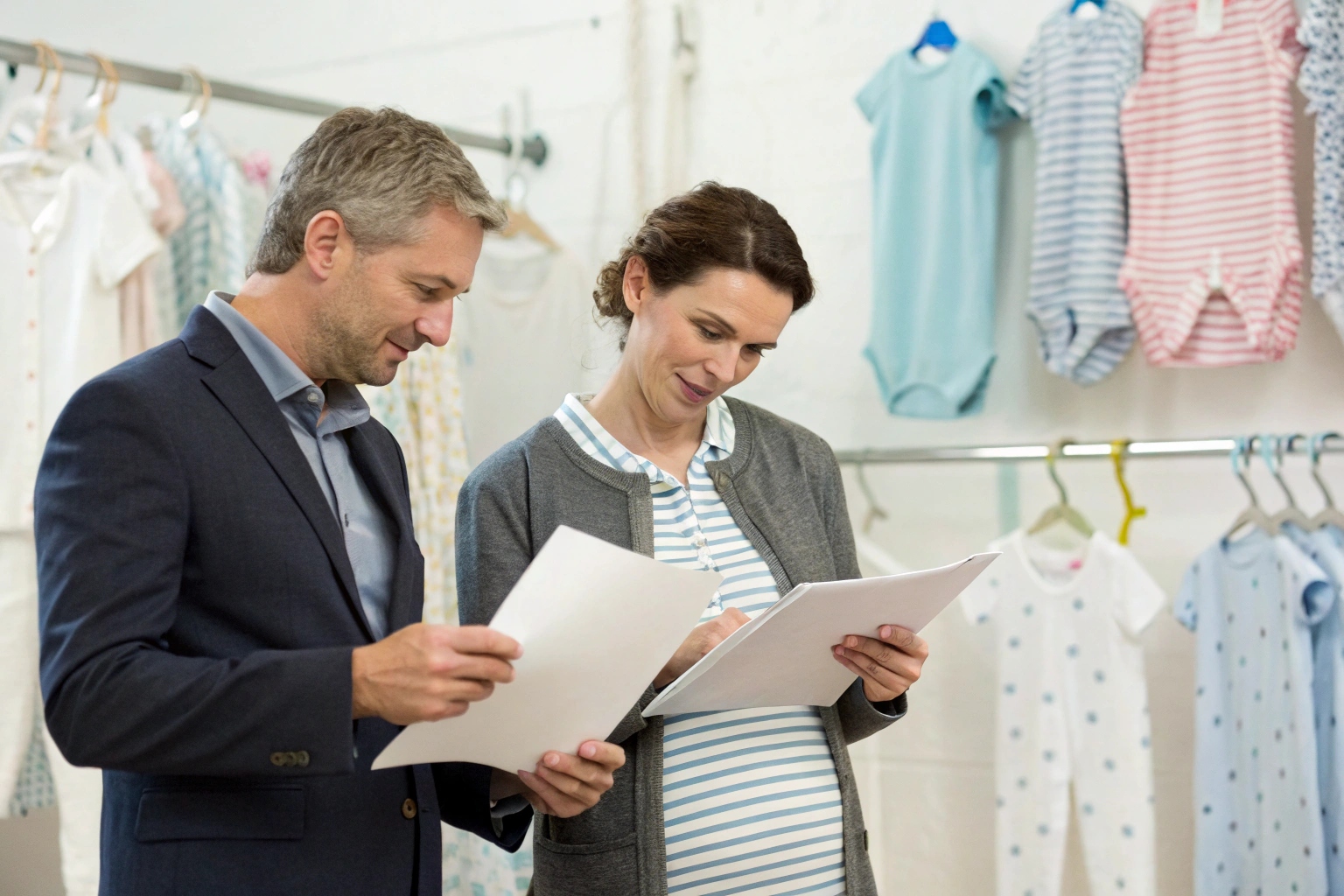Parents don’t just buy baby clothes for style—they buy them for safety. And in today’s market, certifications are the proof that what touches a baby’s skin is truly safe.
Baby clothing certifications go beyond labels—they prove that every fabric, dye, and snap has been tested to meet strict safety and chemical standards.
In this guide, we’ll explore how certifications protect babies, help parents choose wisely, and add lasting value to your babywear brand.
How Certifications Protect Babies from Harmful Chemicals?
Baby skin is thinner, more porous, and more sensitive than adult skin—which means any harmful residue in clothing can be easily absorbed.
Certifications help ensure that baby clothes are free from toxic substances like heavy metals, formaldehyde, and harmful dyes—protecting babies from rashes, allergies, and long-term health risks.
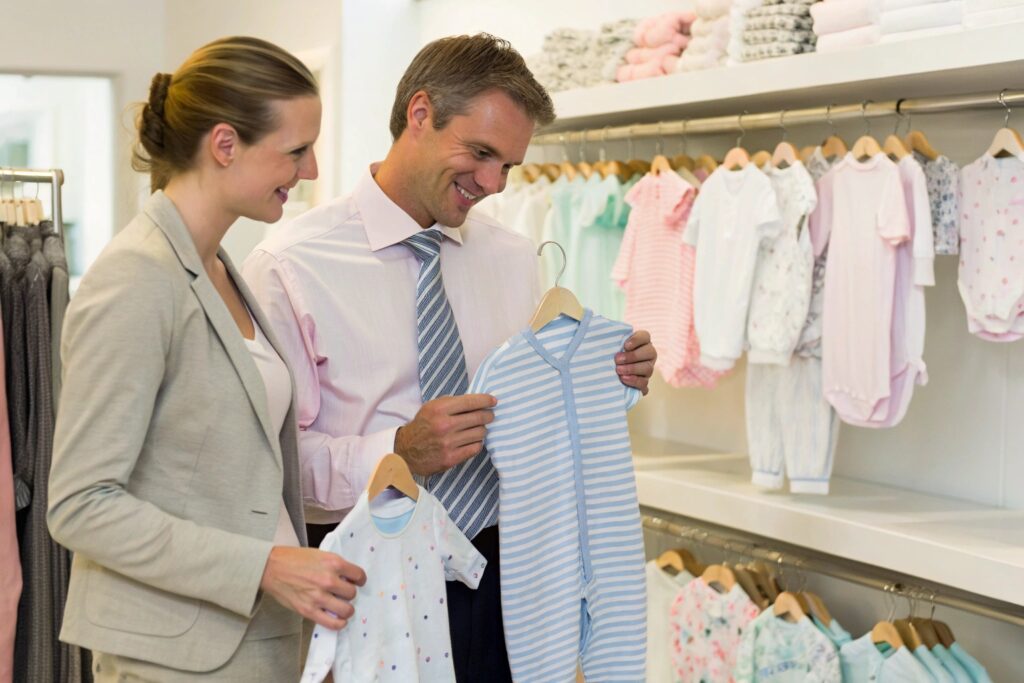
What toxic substances can be found in uncertified babywear?
| Substance | Health Risk for Babies |
|---|---|
| Formaldehyde | Skin irritation, respiratory issues |
| Azo dyes | Linked to cancer and skin reactions |
| Lead and phthalates | Neurological and developmental risks |
| Heavy metals | Toxic to organs, found in low-quality dyes |
| Pesticide residue | Often found in non-organic cotton |
By using certified materials, brands prevent exposure to these hidden risks—especially critical in newborn sizes and sleepwear.
At Fumao, we test all fabrics used in 0–24M products against OEKO-TEX® and CPSIA standards to ensure zero toxic residue.
What Safety Standards Parents Should Look For?
Parents want peace of mind. But between all the labels and logos, it’s easy to get confused. The key is knowing which certifications matter—and what they actually mean.
Parents should look for OEKO-TEX® Standard 100, GOTS, and CPSIA compliance in babywear—ensuring chemical safety, organic content, and legal safety standards.
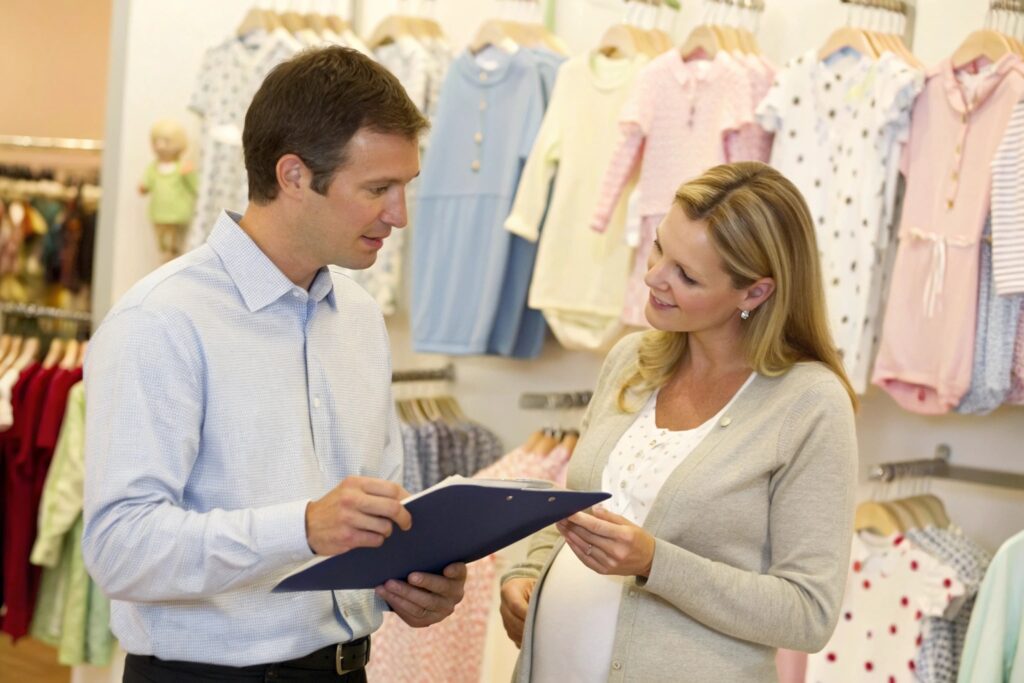
Which safety standards really matter?
| Certification | What It Verifies |
|---|---|
| OEKO-TEX® Standard 100 | Fabric, trims, dyes tested for over 100 harmful substances |
| GOTS (Global Organic Textile Standard) | Organic fibers + sustainable and ethical production |
| CPSIA (Consumer Product Safety Improvement Act) | U.S. legal requirement for lead, flammability, and labeling |
| REACH (EU) | Chemical safety compliance for Europe |
| EN 14682 (EU) | Child garment safety (drawstring-free, etc.) |
A truly certified babywear product includes not only safe fabric but also:
- Snap strength testing
- Non-toxic label printing
- Skin-safe dye and print techniques
- Proper care and content labeling
We help brands navigate which certifications apply based on their target market—whether it’s the U.S., Europe, or global marketplaces.
Why GOTS, OEKO-TEX, and CPSIA Matter in Babywear?
These certifications are not just marketing buzzwords—they’re trusted, regulated systems that inspect every stage of clothing production.
GOTS, OEKO-TEX®, and CPSIA matter in babywear because they provide verifiable proof that a product is baby-safe, legally compliant, and environmentally responsible.
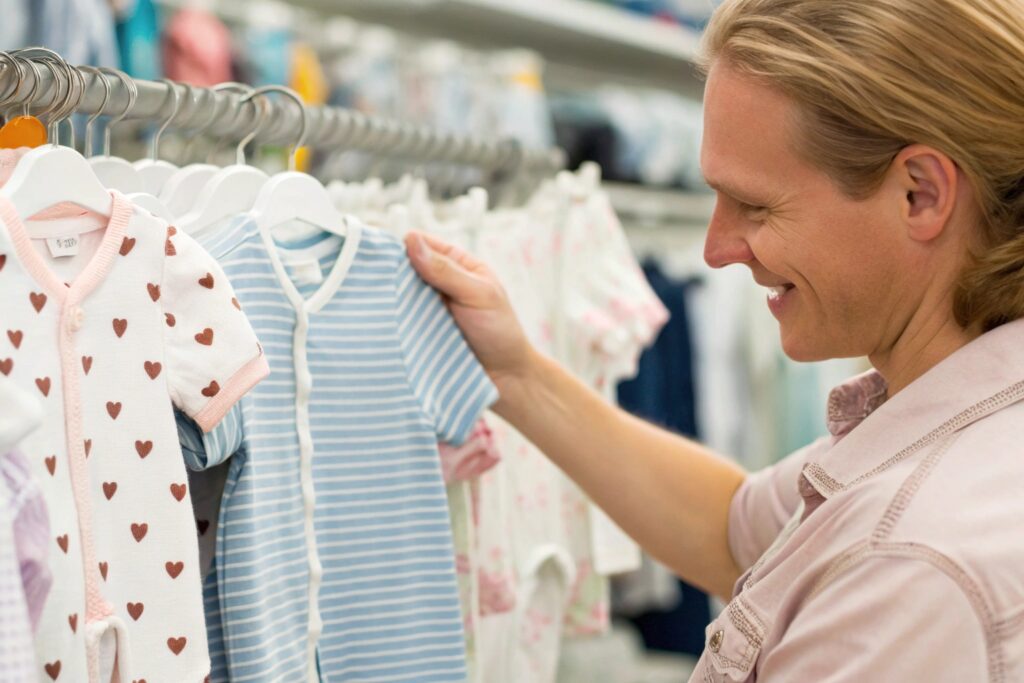
What makes each certification valuable?
| Certification | Strengths |
|---|---|
| GOTS | Ensures fabric is truly organic and processed without harsh chemicals |
| OEKO-TEX® | Covers all components—fabric, thread, buttons, labels—for chemical safety |
| CPSIA | Required by law in the U.S. for tracking labels, lead content, and flammability compliance |
A GOTS tag tells parents: “This cotton was grown organically and processed responsibly.”
An OEKO-TEX® hangtag means: “Every thread and snap is tested for toxins.”
CPSIA compliance means: “You’re allowed to sell this legally in the U.S.—and it’s safe for babies.”
At Fumao, we include these documents in every compliance folder with custom labels and a tracking label template as per CPSIA rules.
How Certified Babywear Builds Brand Trust and Loyalty?
Safety and transparency aren't just for the law—they're also powerful marketing tools. In fact, many parents actively seek out certified babywear.
Certified babywear builds long-term brand trust by showing parents that you care about their child’s health, not just your profits.
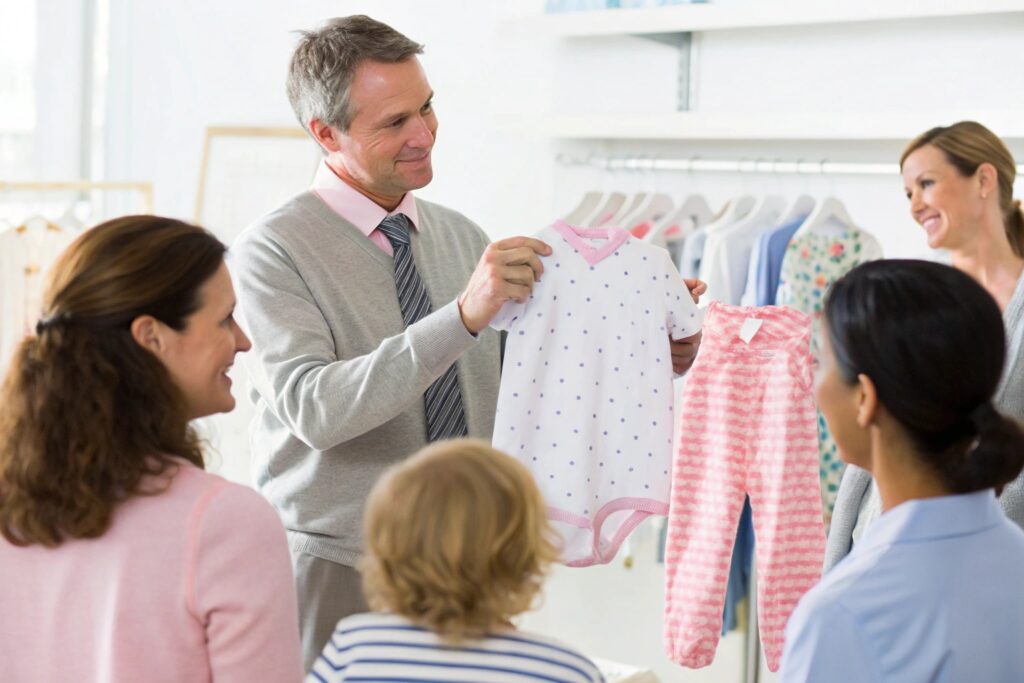
How do certifications affect customer trust?
| Trust-Building Factor | How It Helps Your Brand |
|---|---|
| Visible safety logos | Increases buyer confidence |
| Compliance transparency | Reduces return rates and complaints |
| Product consistency | Repeat purchases, positive reviews |
| Retail and marketplace access | Opens doors to upscale distribution |
Certified brands can:
- Charge higher prices with less resistance
- Promote ethically and eco-consciously
- Earn features on parent blogs and organic product listings
- Build loyalty among millennial and Gen Z parents
We’ve seen clients grow their babywear lines internationally by showcasing GOTS and OEKO-TEX® seals on product photos, tags, and marketing materials.
Where should certifications be shown?
- Product packaging and labels
- Online product descriptions and banners
- Your About page or “Sustainability” section
- Retailer line sheets and Amazon listings
The more visible your commitment, the stronger your reputation—and the deeper your customer loyalty.
Conclusion
In babywear, certifications aren’t extras—they’re essentials. They protect babies, satisfy legal requirements, and help your brand stand out in a crowded market. When every snap, seam, and thread is certified safe, you’re not just selling clothes—you’re selling trust.

